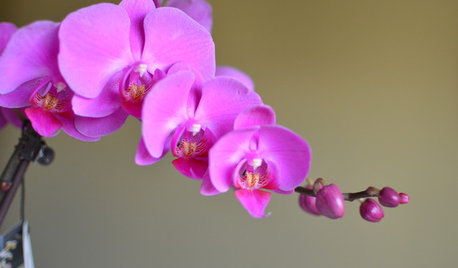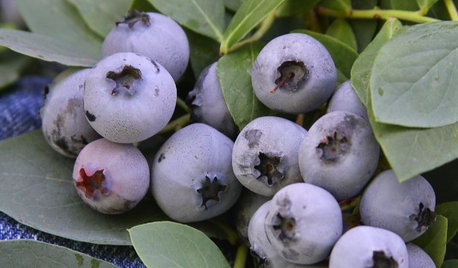Starting seedlings
armygirlvet
15 years ago
Related Stories

GARDENING GUIDESSeeds or Seedlings? How to Get Your Garden Started
Growing delicious herbs and vegetables starts with knowing your goals and when you want to plant
Full Story
MOST POPULARHow to Start a Cool-Season Vegetable Garden
Late summer and late winter are good times to plan and plant cool-season crops like salad greens, spinach, beets, carrots and peas
Full Story
GARDENING GUIDES6 Steps to Get a Garden Off to a Glowing Start
Grow a lush, balanced garden from an empty patch of yard or neglected landscape spot with these easy-to-follow guidelines
Full Story
MID-ATLANTIC GARDENINGChecklist: What To Do in the Garden This Month
February Gardener: Plant sprouts, start seedlings, force bulbs, grow an orchid and more
Full Story
HOUZZ TVHouzz TV: How to Make and Plant a Veggie Box
See how to start edibles from seed, then transfer the seedlings to a box on stilts to make harvesting more fun
Full Story
EDIBLE GARDENSSummer Crops: How to Grow Tomatoes
Plant tomato seedlings in spring for one of the best tastes of summer, fresh from your backyard
Full Story
GARDENING GUIDES10 Easy Edibles for First-Time Gardeners
Focus on these beginner-friendly vegetables, herbs, beans and salad greens to start a home farm with little fuss
Full Story
FALL GARDENINGWhy Fall Is the Best Time for Planting
Spring is overrated for planting. Starting plants in autumn has advantages for both garden and gardener
Full Story
CONTAINER GARDENS8 Easy Container Plants to Grow From Seed
Get beautiful blooms and herbs in summer by starting these choice garden picks from seed in spring
Full Story
GARDENING GUIDES15 Favorites for Your Summer Edible Garden
Get your summer garden off to a good start with these popular fruits and vegetables
Full StorySponsored






jimh6278
spyfferoni
Related Professionals
Barrington Hills Landscape Architects & Landscape Designers · Beverly Hills Landscape Contractors · Bound Brook Landscape Contractors · Canyon Lake Landscape Contractors · Fort Wayne Landscape Contractors · Kettering Landscape Contractors · Lake Zurich Landscape Contractors · Lehigh Acres Landscape Contractors · Middleton Landscape Contractors · Point Pleasant Landscape Contractors · Tewksbury Landscape Contractors · Raytown Landscape Contractors · Charlotte Siding & Exteriors · Orange County Siding & Exteriors · Round Rock Siding & ExteriorsarmygirlvetOriginal Author
noyesmaker
jimh6278
daninlogan
bryan_ut
jimh6278
daninlogan
jimh6278
snowdogmama
utahrose
fourtoomany
amlinde78